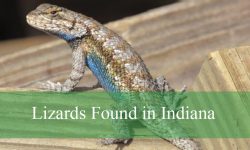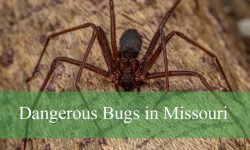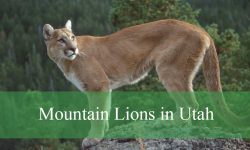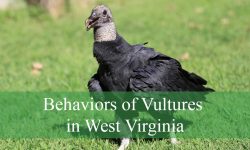Kentucky is a land rich with natural beauty and diverse wildlife. Among the many creatures that have called its forests home, the red wolf stands out as one of the most fascinating yet elusive species. The story of the red wolf in Kentucky is one woven with history, mystery, hope, and challenges. Despite being declared extinct in the wild in many parts of its historical range, including Kentucky, stories of sightings and the possibility of surviving individuals keep the red wolf a subject of intrigue.
In this comprehensive exploration, we uncover the enigma surrounding the red wolf in Kentucky’s wilderness — delving into its past, the ecological role it once played, the nature of recent reports, and what efforts are underway to protect and possibly restore this iconic species to its rightful place in Kentucky’s ecosystems.
The Historical Presence of the Red Wolf in Kentucky
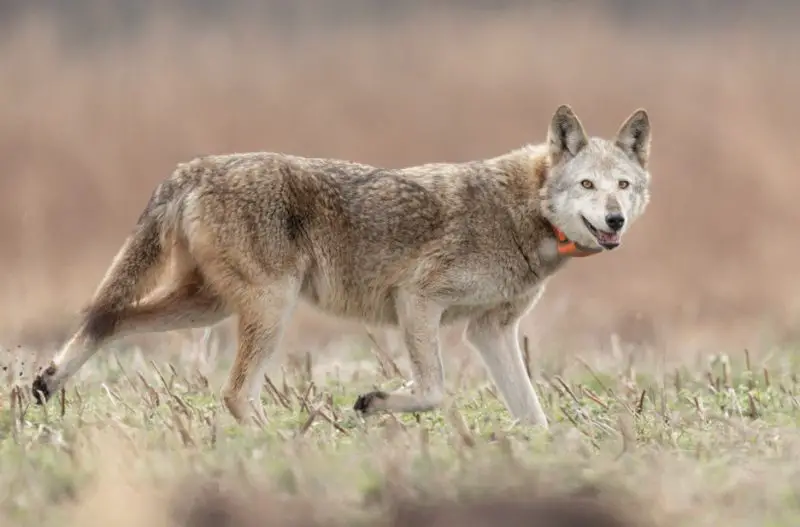
The red wolf (Canis rufus) once roamed across much of the southeastern United States, including the vast woodlands and river valleys of Kentucky. This species was an important predator within the region’s ecosystems, maintaining a balance among prey populations such as white-tailed deer, rabbits, and other small mammals. The red wolf’s range historically extended as far north as Kentucky, Ohio, and parts of the mid-Atlantic.
Early settlers and Native American tribes were familiar with the red wolf, often weaving it into folklore and cultural narratives. However, the expansion of European settlement in the 18th and 19th centuries marked the beginning of a drastic decline. Habitat destruction through deforestation and agriculture, combined with predator control programs and unregulated hunting, decimated populations. The red wolf was frequently targeted, both because it was mistaken for other species and due to fears it posed to livestock.
By the early 20th century, red wolves had largely vanished from Kentucky, surviving only in remote pockets or captive breeding programs. This historical backdrop provides the foundation for the modern mystery — could red wolves still persist in Kentucky’s deep wilderness, despite official records stating otherwise?
Understanding the Confusion: Red Wolves, Coyotes, and Hybrids
One of the greatest challenges in unraveling the red wolf mystery lies in distinguishing it from similar species, particularly coyotes (Canis latrans). Coyotes expanded their range eastward throughout the 20th century, reaching Kentucky and beyond. Their presence introduced competition and potential interbreeding with any remaining red wolves.
Physically, red wolves are larger and more robust than coyotes, exhibiting a reddish-tan coat, longer legs, and a distinct facial structure. Coyotes, meanwhile, are typically smaller, with a grayer coat and more slender build. However, genetic studies reveal significant hybridization between the two species, especially in areas where red wolves declined sharply. This interbreeding complicates species identification both in the field and through genetic testing.
The presence of hybrids with mixed traits can lead to misidentification in the wild, potentially inflating reports of “red wolf” sightings where coyotes or hybrids are actually observed. Understanding these complexities is critical for accurate wildlife monitoring and effective conservation strategies.
The Ecological Significance of Red Wolves in Kentucky’s Wilderness
Red wolves historically occupied an apex predator niche in Kentucky’s ecosystems. As top-level carnivores, they controlled populations of herbivores and smaller predators, helping maintain healthy and balanced habitats. Their hunting activities influenced prey behavior, which in turn affected vegetation growth and overall biodiversity.
The loss of red wolves can result in trophic cascades — ecological imbalances that lead to overpopulation of deer or other species, which may cause habitat degradation. Kentucky’s forests and river ecosystems depend on these natural predator-prey dynamics for resilience.
In addition to regulating prey, red wolves contributed to the cultural and natural heritage of Kentucky, symbolizing wildness and the delicate interconnectedness of nature. Their disappearance created ecological voids and diminished biodiversity in the region.
Anecdotal Sightings and Unconfirmed Reports in Kentucky
Despite official declarations of red wolf extinction in Kentucky, sporadic reports continue to surface, mainly from rural residents, hunters, and hikers. These individuals describe encounters with large canids exhibiting reddish fur and wolf-like characteristics. Sometimes tracks or vocalizations attributed to red wolves are reported.
However, such sightings remain unconfirmed due to the lack of physical evidence such as clear photographs, DNA samples, or verified tracks. The vastness and inaccessibility of some Kentucky wilderness areas leave open the possibility that small, elusive populations or hybrid individuals survive undetected.
Wildlife agencies approach these reports with caution, often attributing them to mistaken identity or transient animals such as coyotes. Yet the persistence of such accounts fuels hope among conservationists and enthusiasts that the red wolf may not be entirely lost to Kentucky’s wilds.
Conservation Challenges Specific to Kentucky
Kentucky presents unique challenges for red wolf conservation. While much of the state remains forested, human development increasingly fragments habitats. Roads, farms, and urban areas reduce available contiguous wilderness necessary for sustaining viable wolf populations.
Human-wildlife conflict also complicates efforts. Livestock predation concerns prompt resistance among some landowners to predator reintroduction. Additionally, longstanding cultural fears and misunderstandings about wolves lead to negative perceptions.
Hybridization with coyotes, which are well-adapted to altered landscapes, threatens the genetic integrity of red wolves. Maintaining pure red wolf lineages requires careful management, particularly in the wild where controlling interbreeding is difficult.
Funding limitations and political will influence the scope and success of any conservation initiatives in Kentucky. Collaboration between government agencies, non-profit organizations, scientists, and local communities is essential but often challenging to coordinate.
Current Conservation Efforts and Future Possibilities
Although Kentucky has not yet hosted a formal red wolf reintroduction program, there is ongoing interest in evaluating its suitability as habitat. Successes from programs in North Carolina and other areas provide valuable models.
Scientists conduct habitat assessments, genetic studies, and public outreach to lay the groundwork for potential future restoration. These efforts include educating local communities on the ecological role of predators and promoting coexistence strategies.
Technological advances such as remote camera traps, genetic testing, and GPS tracking enhance monitoring capabilities, making future reintroduction and management more feasible.
Maintaining and restoring habitat corridors that connect fragmented landscapes is critical to support dispersal and genetic exchange among wolf populations. Such landscape-scale planning could benefit not only red wolves but also other native wildlife.
The Role of Public Engagement and Education
The mystery of the red wolf in Kentucky is deeply tied to public awareness and perception. Education is key to dispelling myths and fostering coexistence. Understanding red wolves as vital components of healthy ecosystems encourages support for conservation.
Community involvement through citizen science, reporting sightings responsibly, and participation in local conservation projects strengthens bonds between people and wildlife.
Sharing stories and cultural significance of red wolves connects residents to the natural history of Kentucky and inspires stewardship for future generations.
The Importance of Genetic Research in Resolving the Mystery
Modern genetic techniques have become invaluable in studying red wolves. DNA analysis helps differentiate pure red wolves from hybrids and coyotes, providing critical data for conservation management.
Research indicates that maintaining genetic diversity is essential to prevent inbreeding depression and ensure population resilience. Genetic markers can also trace lineage and confirm the origins of individuals, aiding in verifying wild populations.
In Kentucky, genetic sampling of canid populations could clarify the presence or absence of red wolves, inform strategies to manage hybrids, and guide potential reintroduction efforts.
What You Can Do to Help
While large-scale conservation requires institutional support, individual actions also matter. People can support wildlife organizations focused on red wolf preservation through donations and advocacy.
Responsible wildlife observation and reporting contribute valuable data. Avoid disturbing wildlife and respect habitat areas to minimize stress on sensitive species.
Engaging with educational resources and spreading accurate information about red wolves help combat misinformation and fear.
On a broader scale, advocating for habitat protection and supporting policies that promote biodiversity conservation are vital.
FAQs About Red Wolves in Kentucky
Were red wolves once native to Kentucky?
Yes, red wolves historically roamed Kentucky and played an important ecological role as apex predators in the region.
Are there red wolves currently living wild in Kentucky?
No confirmed wild populations exist today, but occasional unverified sightings fuel ongoing debate and hope.
How are red wolves different from coyotes?
Red wolves are generally larger, have reddish coats, longer legs, and different behaviors; however, hybridization with coyotes complicates identification.
What are the main threats to red wolves in Kentucky?
Habitat loss, human conflict, hybridization with coyotes, and fragmentation pose significant challenges.
Is Kentucky a candidate for red wolf reintroduction?
Kentucky is considered a potential reintroduction site, but no formal programs have been implemented yet.

